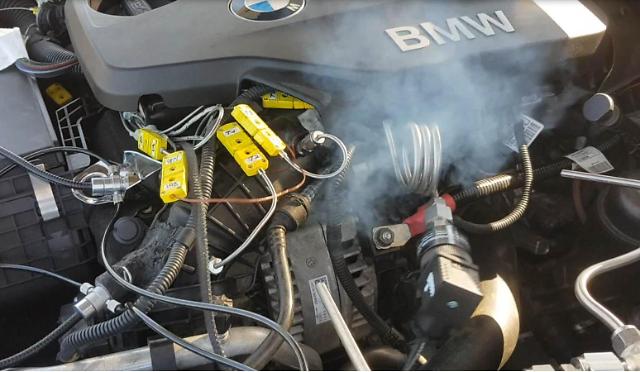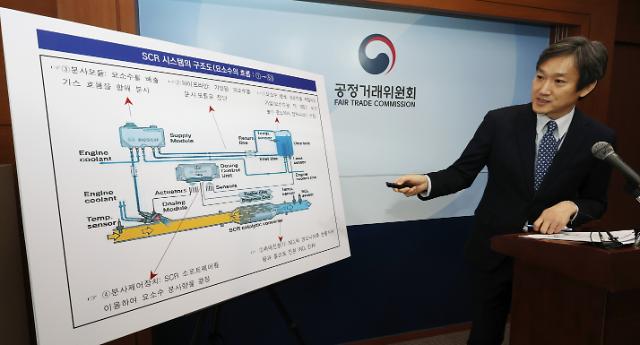
[Yonhap Photo]
SEOUL -- South Korean experts pointed their finger at a malfunctioning exhaust gas control valve in a module installed to reduce emissions as a decisive factor for causing a string of fires at BMW vehicles.
BMW Korea has insisted that due to a faulty component in EGR (Exhaust Gas Recirculation) modules, the high-temperature exhaust gas is suspected of inflowing into the intake manifold without being cooled, leading to the creation of a hole and a fire on the engine cover.
To reduce emissions, the EGR module receives the exhaust gas before cooling and transferring it to the connected intake manifold. The EGR valve controls the amount of exhaust gas recirculated to the inlet.
When a test car accelerated with its EGR valve opened, overheating caused a flame that punctured the intake manifold and a fire started, the Korea Transportation Safety Authority (KTSA) said Wednesday, releasing the outcome of an interim investigation by experts.
When the test car run at the speed of 90 to 120 kilometers per hour, the sediment accumulated by EGR cooler leaks meets with the high-temperature exhaust gas that entered through the EGR valve, the state body said. BMW has pointed to an EGR bypass valve that directs the exhaust gas to the intake manifold without going through the EGR cooler.
In Wednesday's announcement, KTSA did not provide clear evidence that there is a problem with the software that controls the EGR valve. BMW said it's not a new issue because it was changing EGR modules together with valves. The company has promised to recall some 170,000 vehicles.
Government officials are trying to determine whether BMW overlooked or covered up structural defects. Consumers want an investigation to see if BMW has engineered emissions reduction software to pass regulations in South Korea.




